Madrid, the vibrant capital of Spain, is a destination rich in history, art and culture. Its streets emanate a unique energy that attracts travelers from all over the world. Among its many attractions, Madrid's museums stand out as reference points for lovers of art and history.
Prado Museum
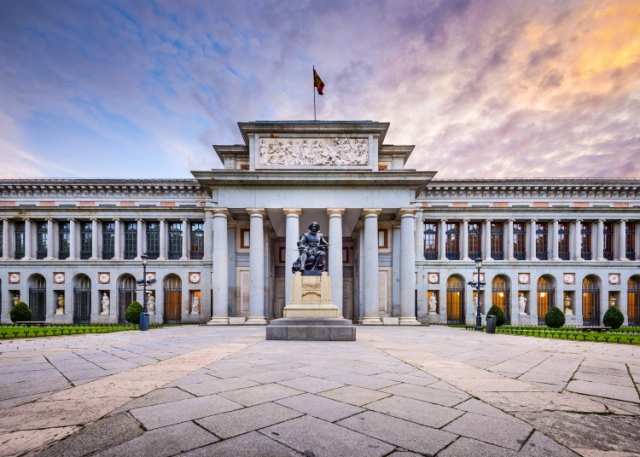
The Prado Museum, without a doubt, represents an incomparable jewel in the world of classical art. Located majestically on the Paseo del Prado, this museum is a must-see stop for anyone visiting the Spanish capital. Founded in 1819 by King Ferdinand VII, the Prado has evolved to become one of the most prestigious museums in the world, housing an exceptional collection of European masterpieces.
The soul of the Prado lies in its collections of paintings, which span from the 12th century to the 19th century. Here, visitors have the privilege of contemplating emblematic works by some of the greatest geniuses of art. Among them, the works of Francisco de Goya stand out, with his moving paintings that reflect the complexity of the human soul and the history of Spain. From the dark engravings of the "Los Caprichos" series to the striking portraits of the royal family, Goya leaves an indelible mark on the Prado galleries.
Likewise, the museum houses an impressive collection of works by Diego Velázquez, another titan of Spanish art. His masterful handling of light and color is evident in works such as "Las Meninas", one of the most enigmatic and celebrated paintings in the history of art. The intriguing composition of this masterpiece, which defies the conventions of royal portraiture, continues to captivate viewers centuries after its creation.
In addition to Goya and Velázquez, the Prado has works by other masters such as El Greco, Rubens, Titian and Rembrandt, among others. Each room of the museum offers a fascinating journey through different periods and artistic styles, from the Italian Renaissance to the Flemish Baroque. Whether admiring the delicate brushstrokes of Goya's "The Naked Maja" or the majesty of Hieronymus Bosch's "The Garden of Earthly Delights," visitors are immersed in a universe of beauty and creativity.
Reina Sofía National Museum of Art Center
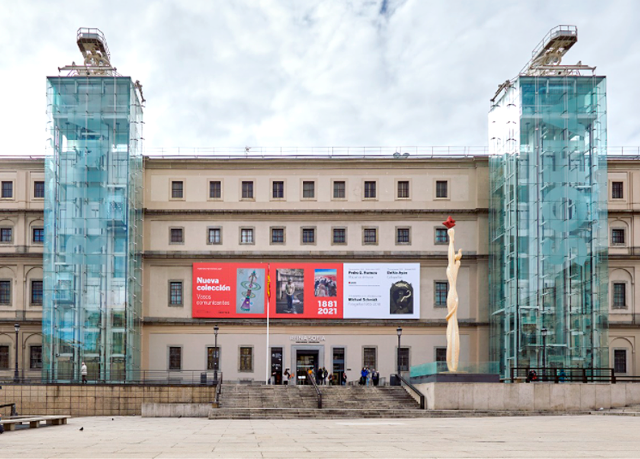
We continue our tour of Madrid's museums with a stop at the Museo Nacional Centro de Arte Reina Sofía, commonly known as the Reina Sofía. This museum specializes in contemporary Spanish art and is famous for housing Pablo Picasso's iconic work "Guernica." This monumental painting, created in response to the bombing of the Basque city of Guernica during the Spanish Civil War, is a symbol of peace and resistance.
In addition to "Guernica," the Reina Sofía has an extensive collection of modern and contemporary art, including works by Salvador Dalí, Joan Miró and Juan Gris, among others. The museum also organizes temporary exhibitions that explore various artistic currents and social themes. Its modern architecture, which contrasts with the surrounding historic buildings, makes it an essential destination for lovers of contemporary art.
Thyssen-Bornemisza Museum
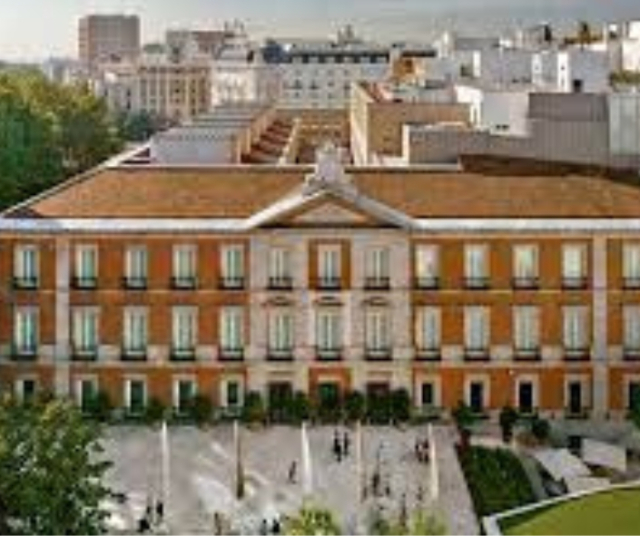
he Thyssen-Bornemisza Museum, located in the heart of Madrid, is a cultural gem that deserves a prominent place on any art lover's itinerary. Founded thanks to the generosity of the Thyssen-Bornemisza family, this museum houses an impressive private collection spanning from the Renaissance to the present day, making it a public treasure of incalculable value.
The history of the museum dates back to the collecting passion of Baron Hans Heinrich Thyssen-Bornemisza and his son, Hans Heinrich Thyssen-Bornemisza. Over several generations, the family assembled an extraordinary array of masterpieces of European painting, including pieces by such notable artists as Caravaggio, Rembrandt, Van Gogh, Monet and Picasso, to name just a few.
One of the distinctive features of the Thyssen-Bornemisza Museum is its focus on artistic narrative, allowing visitors to explore the evolution of art over the centuries. From Renaissance portraits to the avant-garde of the 20th century, the museum offers a panoramic view of the history of Western art. The museum's galleries are organized chronologically and thematically, making it easier to understand and appreciate the works on display.
Among the gems in the collection is Van Gogh's "Les Vessenots en Auvers," a work that captures the emotional intensity and technical mastery of the celebrated Post-Impressionist painter. Another highlight is "The Death of Cleopatra" by Guido Cagnacci, a masterpiece of Italian baroque that captivates with its drama and sensuality. Each work exhibited in the museum tells a unique story and reveals the many facets of human talent throughout history.
National Archaeological Museum
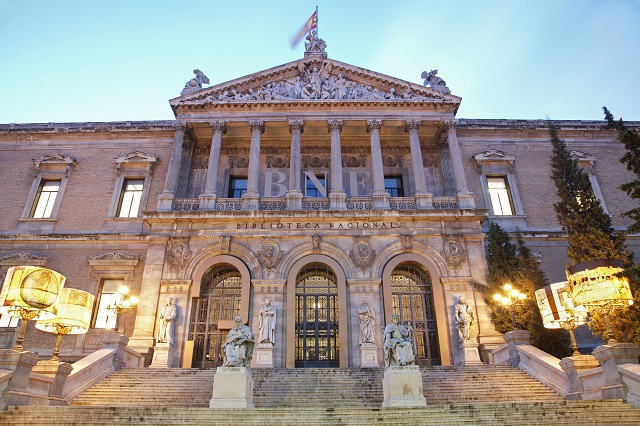
For those interested in history and archaeology, the National Archaeological Museum is an essential stop in Madrid. Located in the elegant Salamanca neighborhood, this museum houses an extensive collection of artifacts ranging from prehistory to medieval times. Its galleries display a variety of fascinating objects, including sculptures, ceramics, coins and ancient tools.
One of the museum's most notable pieces is the Lady of Elche, an Iberian sculpture from the 5th century BC known for its beauty and mystery. In addition to its permanent collections, the National Archaeological Museum also presents temporary exhibitions that explore various aspects of the history and culture of Spain and the world. Its neoclassical architecture and its privileged location near the Retiro Park make it an essential cultural destination in Madrid.
Sorolla Museum
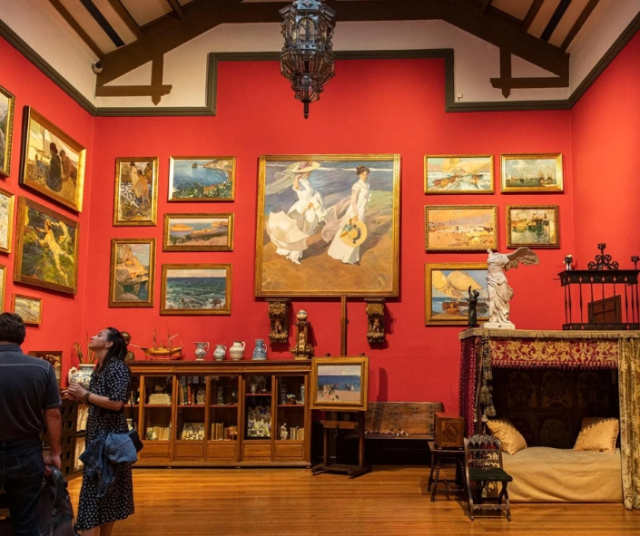
For a unique experience in a more intimate setting, we recommend a visit to the Sorolla Museum, dedicated to the famous Spanish painter Joaquín Sorolla. Located in the artist's former residence in the quiet Chamberí neighborhood, this museum offers an intimate insight into Sorolla's life and work. Its galleries display a selection of his impressionist paintings, which capture the light and color of Mediterranean Spain.
In addition to Sorolla's works, the museum also houses a collection of Spanish art from the 19th and 20th centuries, including works by masters such as Ignacio Zuloaga and Ramón Casas. The museum's gardens, designed by Sorolla himself, offer an oasis of tranquility in the bustling center of Madrid. For art and nature lovers, the Sorolla Museum is a must-see destination.
Whether exploring the collections at the Prado Museum, admiring "Guernica" at the Reina Sofía or immersing yourself in history at the National Archaeological Museum, there is something for all interests in the Spanish capital. So next time you are in Madrid, don't miss the opportunity to explore these fascinating museums and discover the beauty and diversity
